BTS recently added yet another feather to their cap.
The official MV of their hit single “IDOL” recently earned 1 billion views on YouTube, a few days after the MV for “FAKE LOVE” did the same thing on September 8.
It’s also interesting to note that of the two versions of the “IDOL” MV that are available for streaming on YouTube, it’s BTS’s solo version—the one without American rapper Nicki Minaj—that got a staggering amount of views. That means they reached 1 billion views all on their own.
“IDOL” is now their sixth MV to reach this milestone, following the MVs for “Boy With Luv (feat. Halsey),” “DNA,” “Dynamite,” “MIC Drop (Steve Aoki Remix),” and “FAKE LOVE.” This achievement makes them the first K-Pop group to earn 1 billion views for six different MVs.
Upon its release on August 24, 2018, the “IDOL” MV made waves because it had many references to Korean culture, important moments in their careers, and their previous work.
For instance, the “IDOL” MV begins with a shot of the members sitting around a table, which brings to mind the dinner scene from their “Blood, Sweat, Tears” MV.
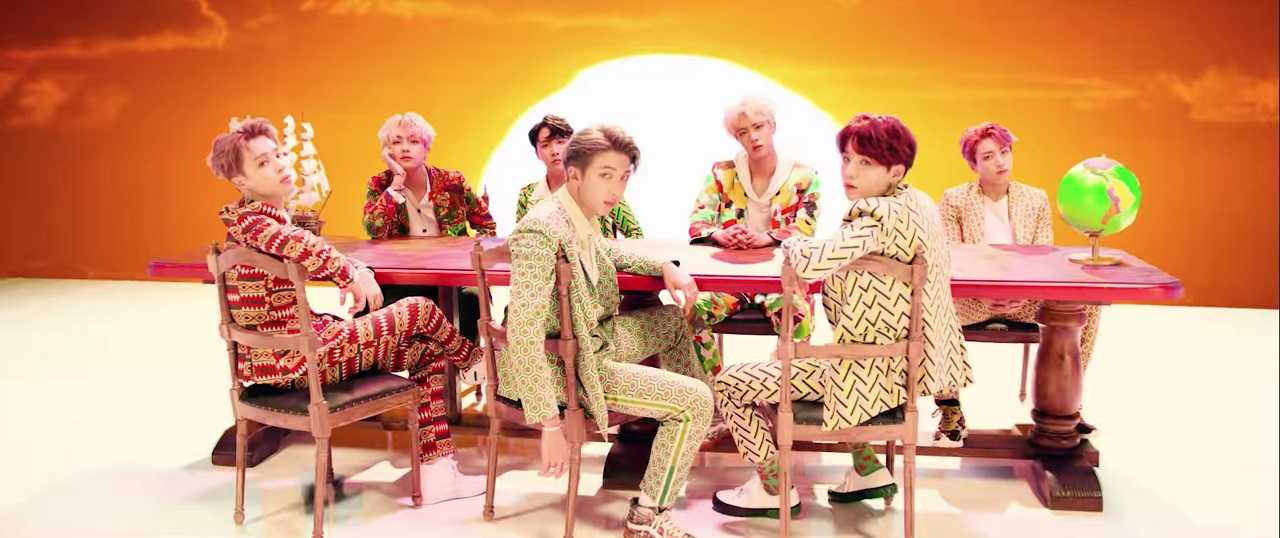
In South Korea, the word “idol” refers to members of K-Pop groups, but it also has a derogatory connotation. Some use it to imply that those who are in such groups aren’t real artists. In “IDOL,” BTS embraces the word because they’re proud to be what and who they are. That’s why Jungkook and SUGA are shown lounging atop a pedestal in some scenes.
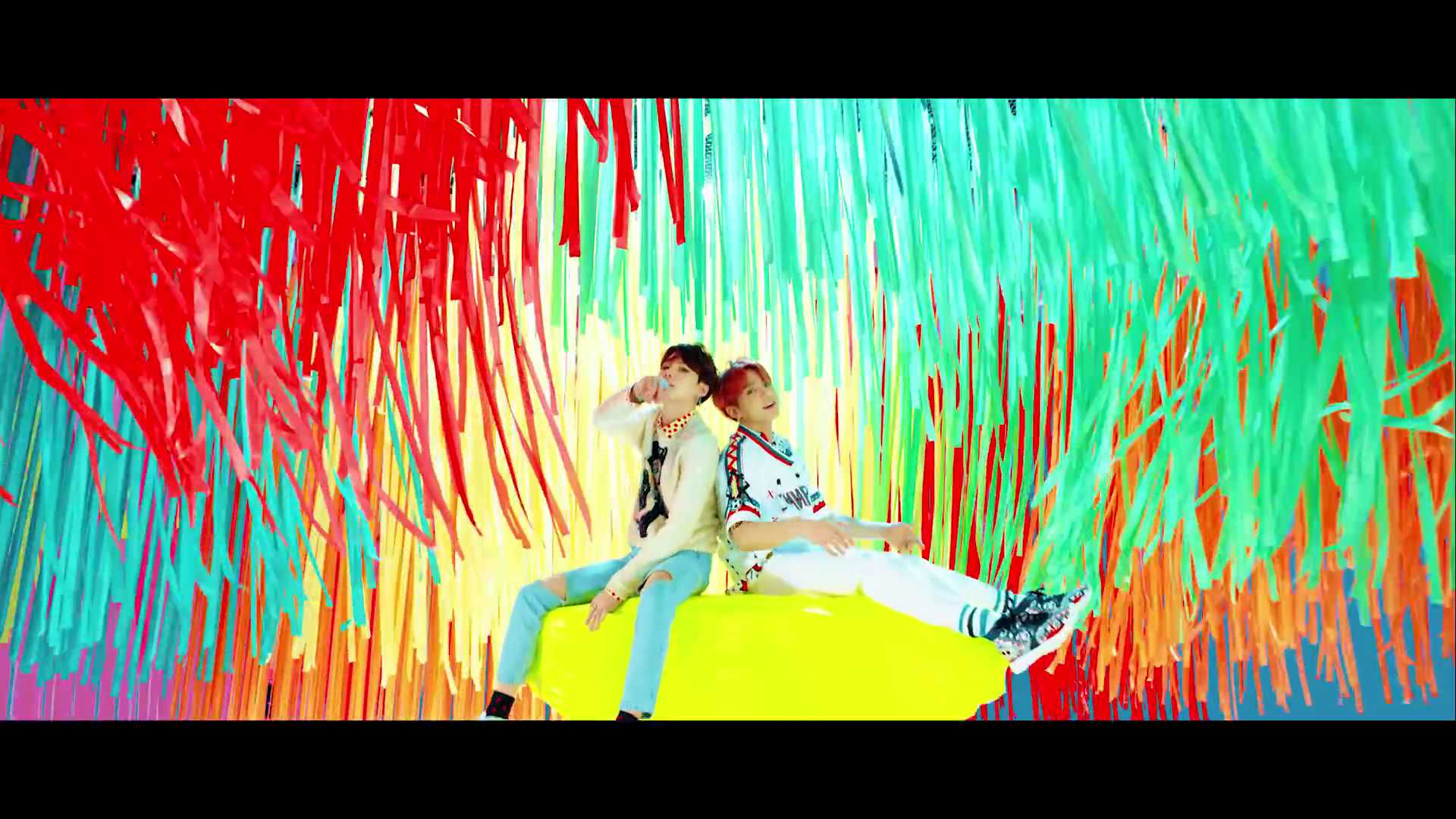
Some animals that have significant connections to South Korean culture are also featured prominently in the MV. There’s the tiger, which is said to symbolize the country and its people. It’s also considered to be a very effective guardian or protector.
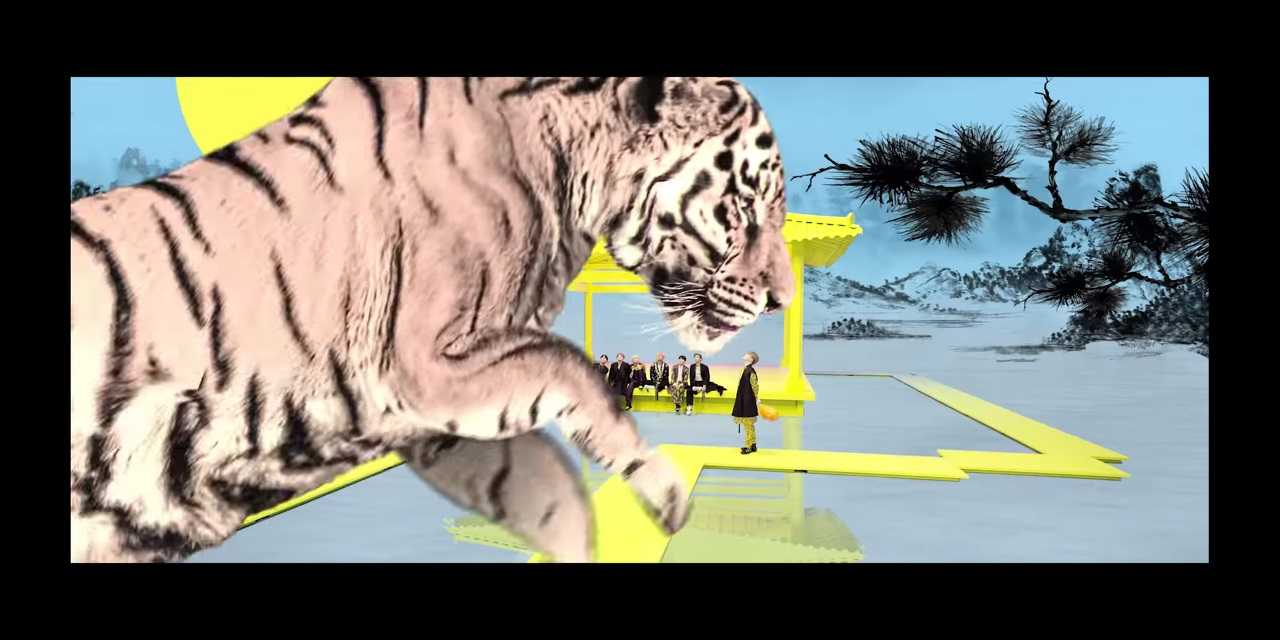
In another scene, the moon bears the image of a rabbit. That’s a nod to a Korean folktale, in which a powerful deity honored a selfless rabbit by putting its image in the moon.
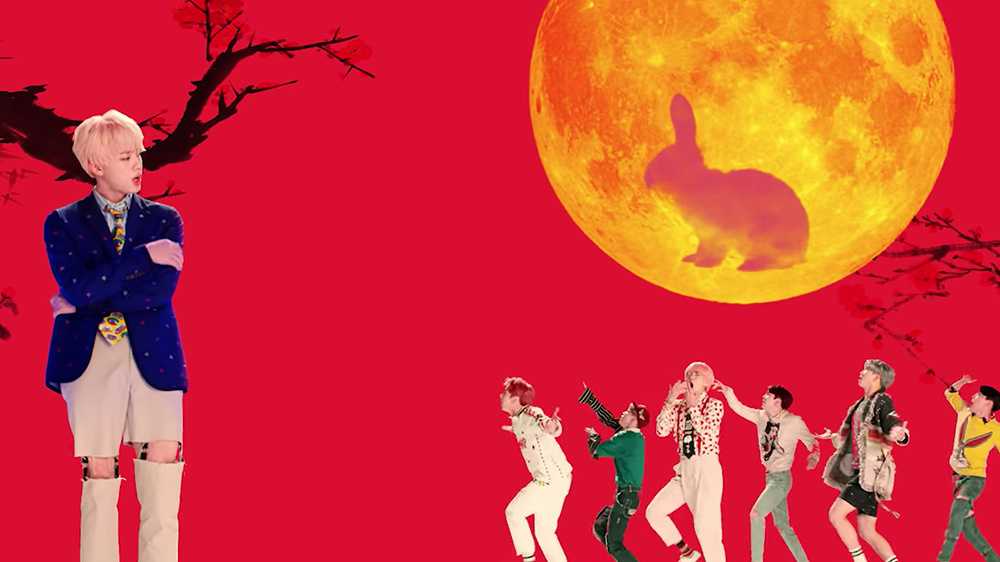
Lastly, there’s the fact that a Korean-style pavilion was featured quite prominently in some scenes. That pavilion is known as a gyeonghoeru, and it was once used to entertain special guests. The symbol atop the building means “double happiness” and is believed to attract good luck. That could explain why BTS has gone from strength to strength since this MV was released.
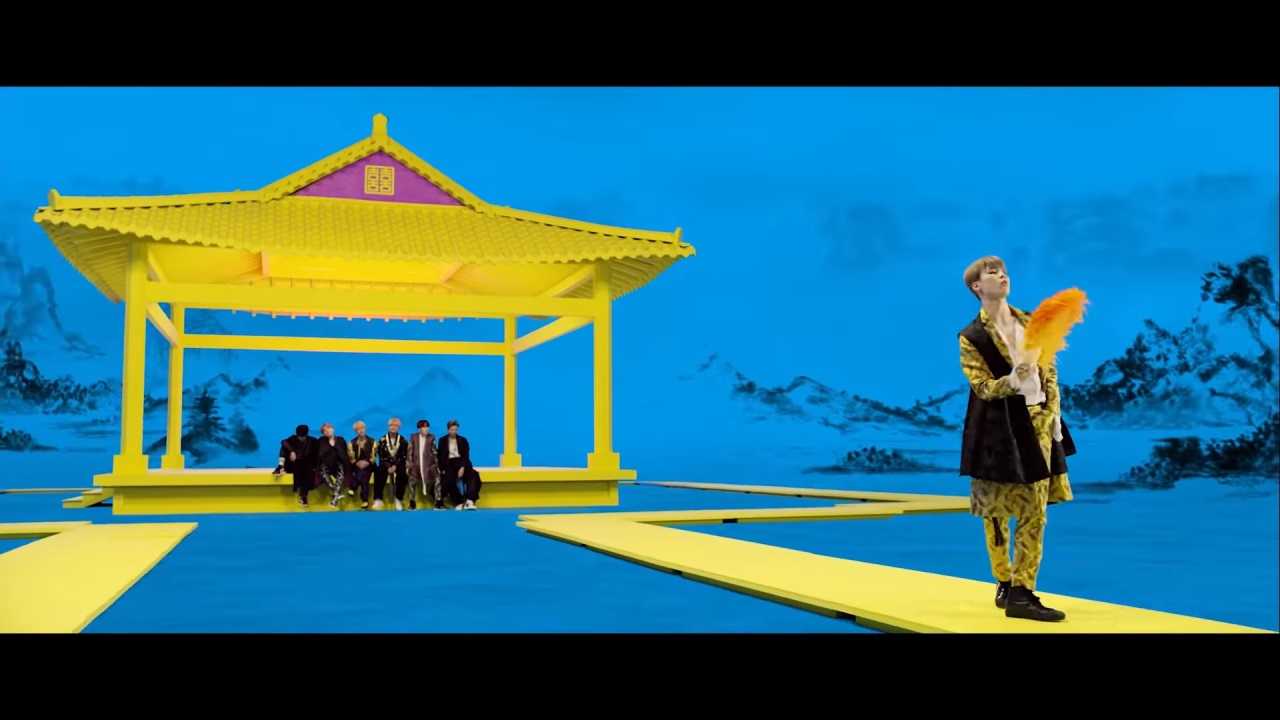
There are other references to Korean culture and BTS’s past in the MV, but instead of telling you what they are, we suggest you head on over to YouTube and stream it yourself. Maybe you can help bring it to 2 billion views in your attempt to catch and decode all the references. Good luck!



